
Yes, severely damaged small trees can be converted to bonsais. In fact, some of the most unique and stunning bonsai specimens were once severely damaged and almost dead prior to being transformed into a living work of art. A common approach is to completely remove all existing foliage and trim down the branches before growing a new canopy and replanting in a shallow container or potting dish. With careful pruning techniques, skillful wiring, attention to detail, and plenty of patience, even the most broken small tree can become an eye-catching bonsai that provides years of beauty for its owner.
Contents:
- Can Damaged Trees Be Transformed Into Bonsais?
- Overview of Bonsai
- Understanding the Damage on Small Trees
- Factors to Consider Before Using Severely Damaged Trees for Bonsai
- The Process of Converting Damaged Trees into Bonsais
- Techniques to Promote Healing and Growth in Damaged Trees
- Best Tree Species to Use for Conversion into Bonsais
- Maintenance Tips for Your Newly Converted Bonsais
Can Damaged Trees Be Transformed Into Bonsais?

Transforming damaged trees into bonsais is a common practice among experienced horticulturists. Even though most small trees are not specifically bred to become a bonsai, it is still possible to turn them into beautiful specimens with the right knowledge and care. While it can be difficult to salvage severely damaged plants, many growers have had success in bringing life back to even the worst cases by pruning away dead or unhealthy branches and foliage.
A successful conversion of a tree into a bonsai starts with selecting the right material – choosing one that has an interesting shape or natural curves helps get the project off on the right foot. Once you have identified your choice, remove any dead or decayed parts from the tree using sharp tools like shears, saws and scrapers. The next step is making sure it has sufficient space for root growth; trimming roots may also help create better balance between root systems and above-ground sections. Shaping techniques like wiring should then be employed to form desired shapes and styles within its structure.
Post-transformation care includes providing consistent light exposure along with regular fertilizing so that newly formed healthy buds could continue growing without interruption. Proper positioning of the tree is also essential for optimal soil moisture retention which improves overall health of both roots system and leafy canopy alike. With these methods combined anyone can restore neglected gardens with creative bonsai additions; each being unique in style while carrying tons of character as proof of their past struggles against harsh conditions they endured before becoming beloved focal points in new surroundings they call home now.
Overview of Bonsai
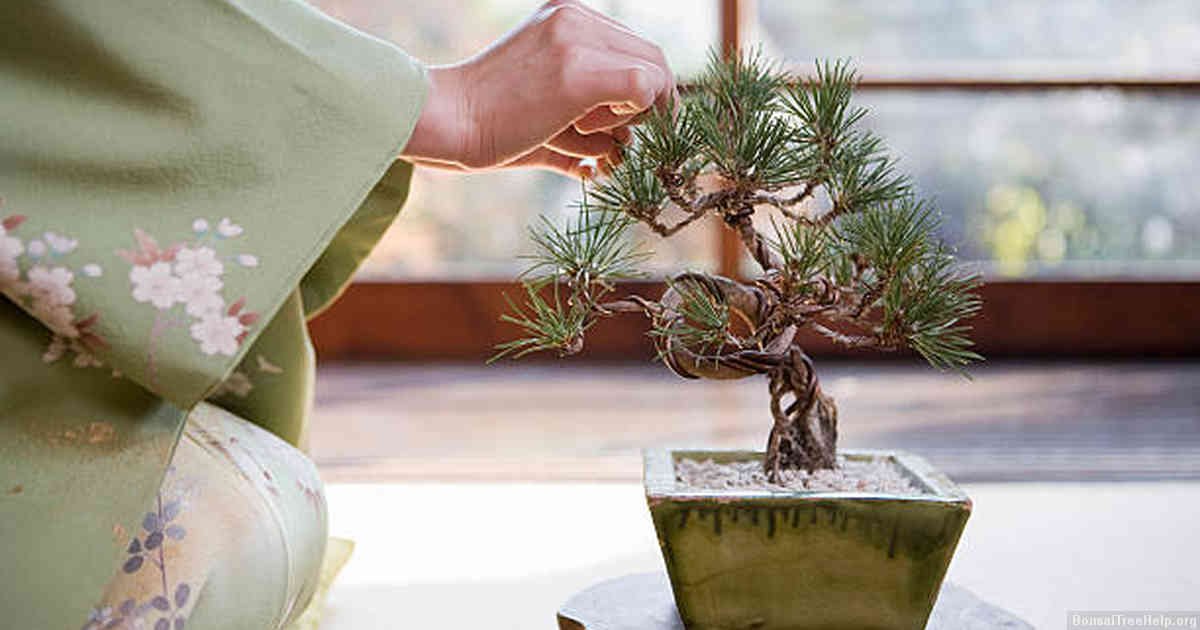
Bonsais are miniature versions of trees, usually no more than 30 centimeters in height. Originating in Japan, bonsai cultivation has been used as a form of art for centuries, allowing the practitioner to shape and customize the tree into desired shapes and forms. Creating aesthetically pleasing bonsais requires dedication and patience, as well as precise skill to ensure that the end result is satisfying. In order to create a bonsai from damaged or small trees, there are a few steps that need to be taken.
Typically, it begins by pruning off any diseased branches and trimming away dead leaves. This process gives the tree a cleaner appearance while encouraging healthy growth going forward. Repotting with special soil mixtures promotes better drainage which enables deeper root systems necessary for healthier tree life expectancy. Wiring techniques can shape intricate designs on branches which could then be shaped into decorative curves or unusual designs according to preference.
Transforming severely damaged trees into admirable bonsais is an art form made possible by traditional Japanese practices used across generations of artists today. Though tedious work may not come easily at first, with enough practice and dedicated effort one might master this craft and enjoy breathtaking results from their own creation – allowing them to proudly display these beautiful artwork wherever they go.
Understanding the Damage on Small Trees

When attempting to salvage a severely damaged small tree, it is important to first assess the type of damage that has occurred. Although certain trees may appear beyond saving at first glance, there are often less visible clues that hint at the ability for the tree to be restored and crafted into a bonsai.
Visual inspection can provide some key information on how best to approach converting a damaged small tree into a bonsai. Does the trunk show large scars or gnarled areas? Are there splits or exposed wood on some parts of the trunk? Depending on the overall shape of your chosen specimen, these physical characteristics can inform decisions such as what kind of pot would be appropriate, and whether wiring will be necessary in order to create an aesthetically pleasing shape.
Deeper assessment requires paying attention to not just surface features but also inner structures. Careful examination with tools like tweezers and magnifying glasses can help identify any fungal infections, soft rot spots inside cavities within branches or trunks, heavy dieback caused by insects or temperature shifts throughout recent seasons – all factors which should influence your decisions about how best convert this tree into a viable bonsai specimen. Understanding existing damages allows you craft strategies for working around them or even improving upon them in order restore new life into your future plant companion.
Factors to Consider Before Using Severely Damaged Trees for Bonsai
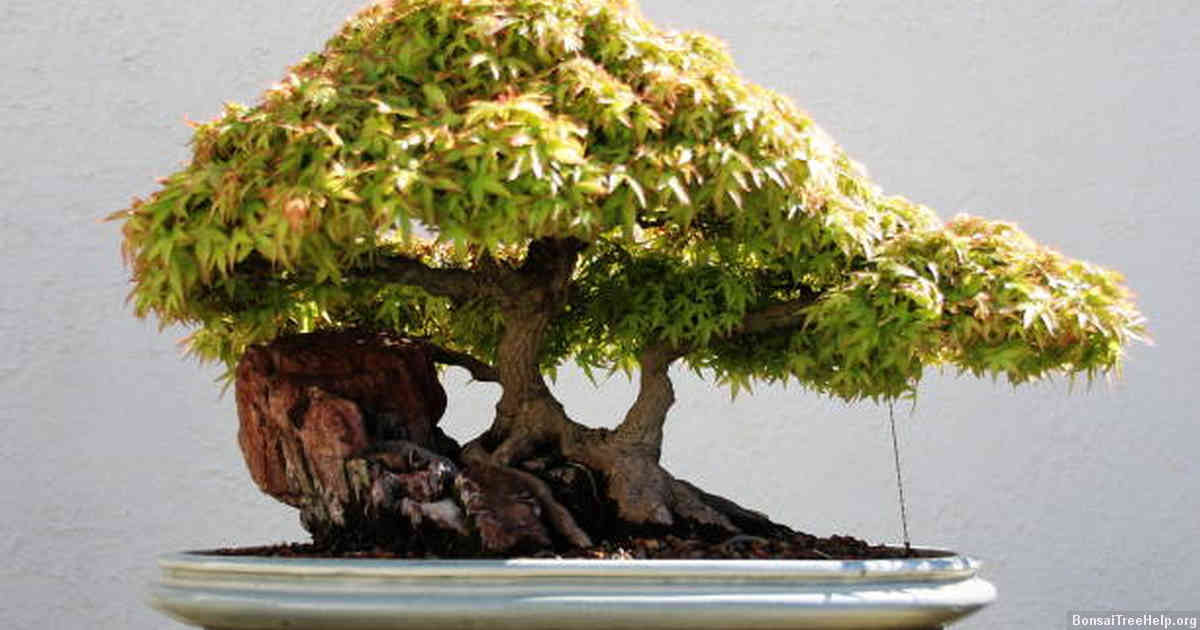
Creating a bonsai from a severely damaged tree may be an attractive idea, but one must carefully consider the condition of the plant before proceeding. It is essential to examine the root system and trunk of the tree to make sure that both are still in good health. If either have been too heavily impacted by the damage, it might not be possible to achieve positive results.
It is also important to observe any signs of disease on the plant or dead branches that will need to be removed. Severely damaged trees often require extensive pruning and shaping, so if there are significant amount of diseased branches it can present a challenge for someone looking to create a bonsai out of them. Heavy infestations of pests such as aphids or white flies can seriously impede progress since they usually indicate weakened plants with overall poor health.
One should take into account how much time and effort may go into restoring such a tree back into optimum condition; making sure there is sufficient resource availability (time and finances) is key for successful conversion. Without proper attention and care, even severely damaged small trees may never reach their full potential as bonsais despite all best efforts.
The Process of Converting Damaged Trees into Bonsais
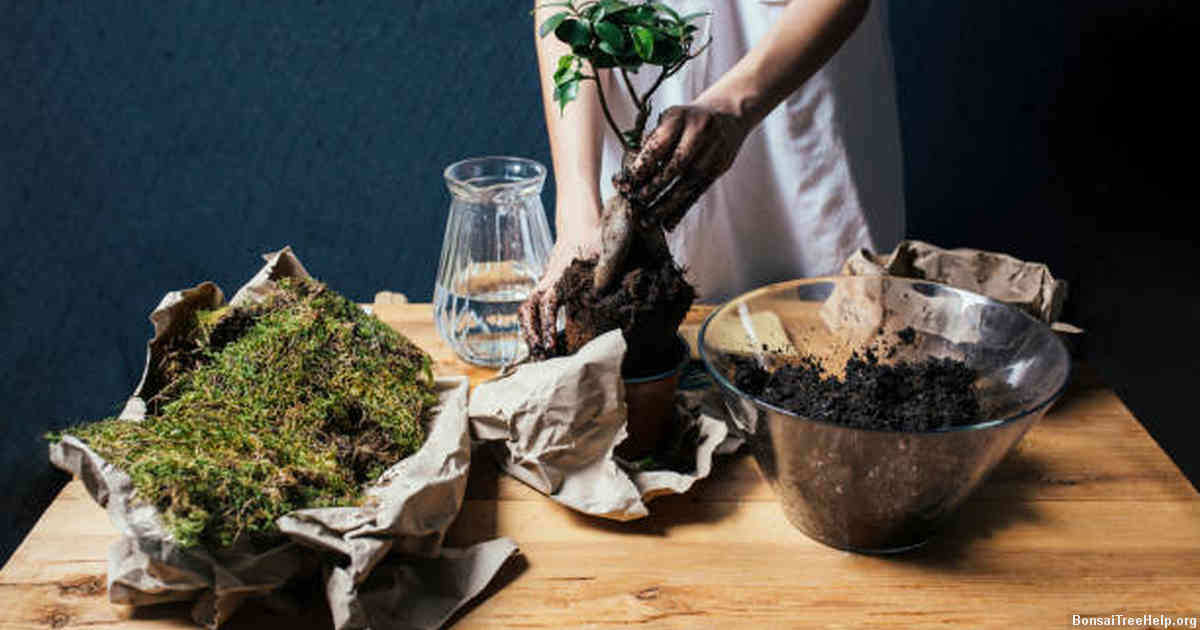
Learning to convert damaged small trees into bonsais is a skill that takes time and patience. In the process of making a bonsai, you must have an understanding of horticultural techniques such as pruning, wiring, potting and re-potting. Before starting the process, it is important to select healthy tree material with strong branches and roots which will enable it to be trained over time.
The technique starts by carefully pruning off any dead leaves or shoots, then trimming back parts of the tree so as to create a desired shape before wiring the trunk in place. After this step has been completed one can begin training the foliage pads for further ramification via pinching out tips regularly. This will require many years of dedication; however once established these miniature pieces of art never fail to impress viewers.
The next step is repotting or root pruning which involves carefully removing part or all of the root ball from its container then either replacing the existing soil mix or creating a new one with elements such as sand and organic matter for water retention – depending on your climate zone. It’s best not to disturb too much soil around roots as this may lead to trauma shock which could take weeks if not months to recover from. Pruning again during this stage helps keep everything neat while allowing fresh air movement through smaller cuts where possible. Doing this also preserves vital energy levels within plants – enabling them thrive better in their miniaturized state.
Techniques to Promote Healing and Growth in Damaged Trees

Due to the nature of severely damaged small trees, healing and growth can be extremely challenging. Nevertheless, there are a number of ways to help facilitate recovery in order for the tree to ultimately become a bonsai. The first step is to apply bandages or grafts over any exposed areas, such as missing bark or broken branches. This helps keep out pests that might cause further damage and prevents excessive water loss from occurring through these wounds.
Light pruning should be undertaken to remove deadwood and shape the tree according to traditional bonsai principles. By judiciously cutting back on some branches while allowing others more freedom to grow will encourage an improved balance between root mass and top growth and also benefit recovery overall. To create an aesthetically pleasing result when shaping your bonsai it is important not to take too much off at once – rather focus on gradual development over time so that you do not overwhelm the weakened plant with sudden extreme changes.
Creating an appropriate environment for the recovering tree is crucial – providing rich soil with plenty of well-draining nutrients and keeping humidity levels high will give your sickly small tree a fighting chance at becoming a healthy bonsai in future. Make sure not to put it directly in bright sunlight but find an area where it can get natural filtered light instead; this way you can avoid burning its delicate new leaves before they have had enough time to adjust safely in their new home.
Best Tree Species to Use for Conversion into Bonsais
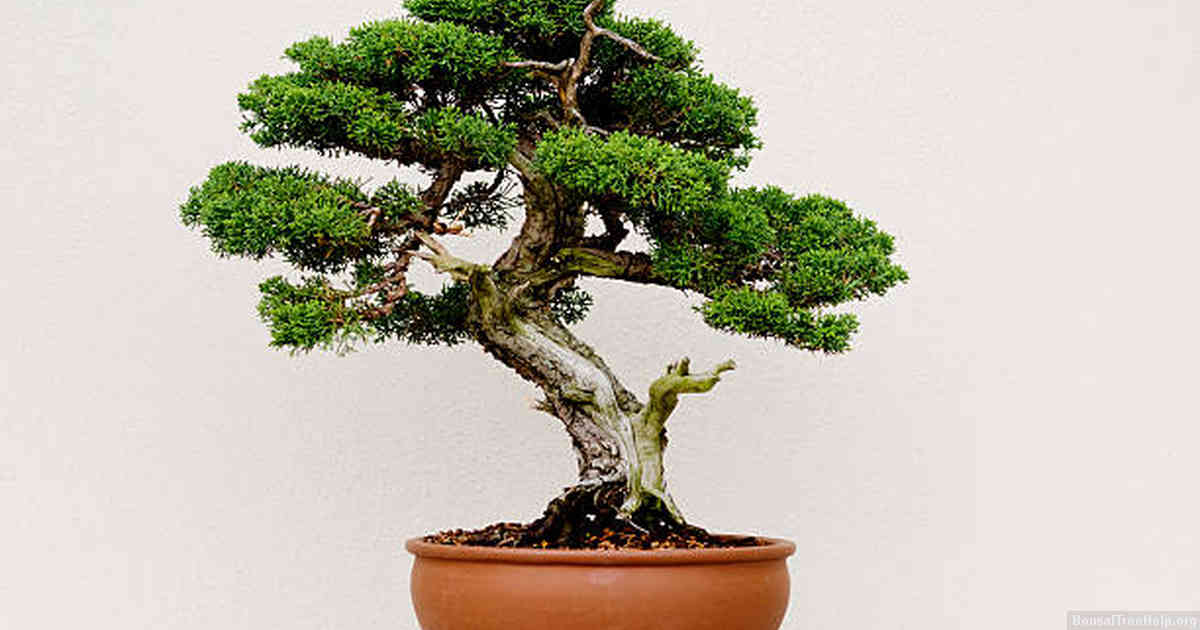
Bonsai trees are a great way to add a touch of the outdoors into your home. While creating a Bonsai tree from scratch can be quite difficult, converting an existing small tree into one can be much easier and also yield impressive results. To obtain the best outcome when attempting to create a bonsai tree out of an existing one, it is important to consider which species of small trees are best suited for conversion into bonsais.
Maples, Ficus, Pomegranate and Cedar are all good choices for those looking to convert their own damaged small trees into bonsais. Maples are ideal because their wood is easily shaped into the desired form during training; however maples tend to require regular pruning to maintain their shape. Ficus produces gorgeous glossy leaves that have many shades of green depending on variety and light exposure; this makes them a popular choice for bonsai creation due to its aesthetics. Although Pomegranates take longer time than other species due to slow growth rate, they produce very attractive fruits after some years once they get adapted with the environment changes. Cedars provide striking foliage with bright green shade which will surely make your bonsais stand out in crowd.
Therefore, if you have a severely damaged small tree at home and would like turn it into something beautiful like bonsai, you should definitely consider using one of these species: Maples, Ficus, Pomegranate or Cedars as mentioned above for maximum potential result in terms of looks and healthiness.
Maintenance Tips for Your Newly Converted Bonsais
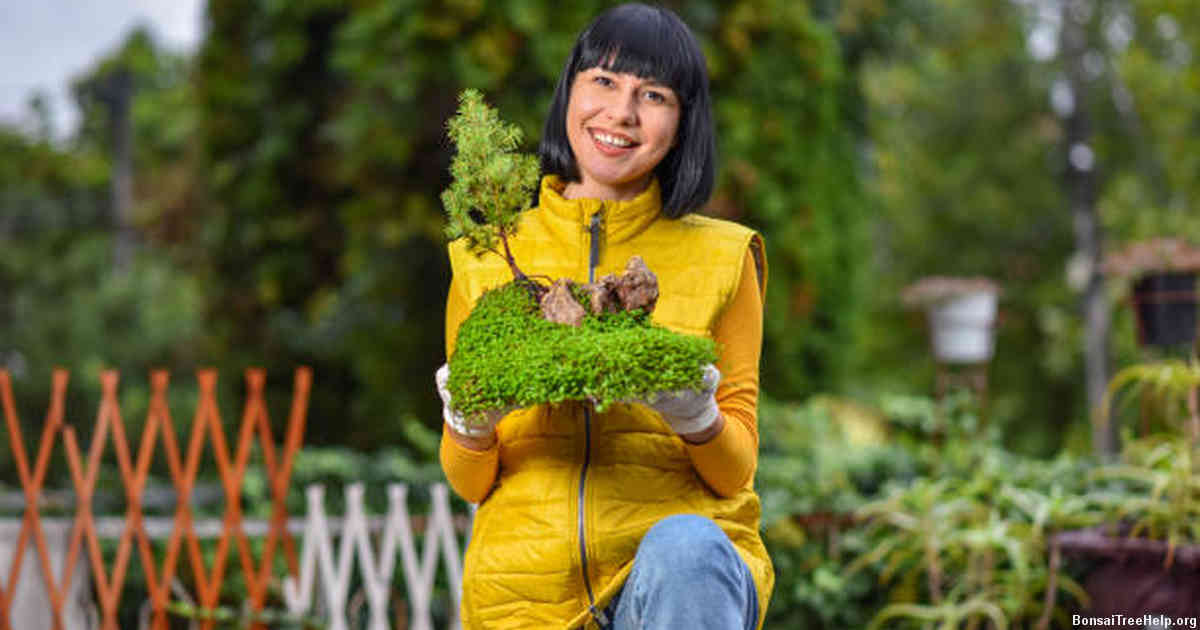
Once you have successfully converted severely damaged small trees into bonsais, the next step is to ensure they are maintained properly. It should come as no surprise that bonsais require specific care routines and environmental conditions if they are to survive and flourish. Here are some tips to help make sure your newly created bonsai stays healthy.
The first crucial element in maintaining a bonsai is water, so be sure to keep an eye on moisture levels and give your tree a drink when necessary – this will depend on soil type and the climate where the plant is being kept – too much or too little water can both be damaging. Using rainwater or filtered water rather than tap water ensures nutrients from minerals won’t affect new growth or pH balance of soil.
Bonsais also require sufficient sunlight for photosynthesis, but bear in mind that direct sun exposure can cause scorching of leaves so it’s best to find an appropriate spot inside or outdoors where there’s partial shade available all day long; it helps if light is filtered by nearby trees or buildings while still allowing enough direct rays to reach the plant. Regular pruning along with pinching back buds help with desired shaping and encourage more compact growth patterns; use very sharp scissors for cutting branches as anything less could impact vascular tissue which may result in infection setting in later on down the line. Fertilizing should begin once each week at most during periods of active growing season; organic compost mixed with some fish emulsion works great here but try not overdo it – always adhere to manufacturer guidelines provided when purchasing fertilizer products.
Leave a Reply